Affiliate links on Android Authority may earn us a commission. Learn more.
Everything you need to know about the Pixel 7's cameras
Published onOctober 6, 2022
Google’s Pixel series phones are renowned for their cameras, using the company’s image processing smarts to deliver top-notch photos, great low-light images, and other fancy features.
Last year, the Pixel 6 series stepped up with new main cameras and several AI-powered features. The Pixel 7 series is now official, so what should you know about Google’s latest camera hardware and software? We’ve got you covered with our guide.
Pixel 7 series camera specs
| Google Pixel 7 | Google Pixel 7 Pro | |
|---|---|---|
Rear cameras | Google Pixel 7 - 50MP main f/1.85, 1.2-micron pixels, 1/1.31-inch, octa-PD autofocus, OIS - 12MP ultrawide f/2.2, 1.25-micron pixels, 114-degree FoV, fixed-focus - 8x Super Res Zoom | Google Pixel 7 Pro - 50MP main f/1.85, 1.2-micron pixels, 1/1.31-inch, octa-PD autofocus, OIS - 12MP ultrawide f/2.2, 1.25-micron pixels, 125.8-degree FoV - 48MP 5x telephoto f/3.5, 0.7-micron pixels, PDAF - 30x Super Res Zoom |
Front camera | Google Pixel 7 - 10.8MP f/2.2, 1.22-micron pixels, 92.8-degree FoV, fixed-focus | Google Pixel 7 Pro - 10.8MP f/2.2, 1.22-micron pixels, 92.8-degree FoV, fixed-focus |
Video | Google Pixel 7 Rear cameras: 4K/60fps, 4K/30fps, 1080p/60fps, 1080p/30fps, 4K Cinematic Pan, 1080p active video stabilization, 240fps at 720p Front camera: 4K/60fps, 4K/30fps | Google Pixel 7 Pro Rear cameras: 4K/60fps, 4K/30fps, 1080p/60fps, 1080p/30fps, 4K Cinematic Pan, 1080p active video stabilization, 240fps at 720p Front camera: 4K/60fps, 4K/30fps |
Differences between Pixel 7 and Pixel 7 Pro cameras
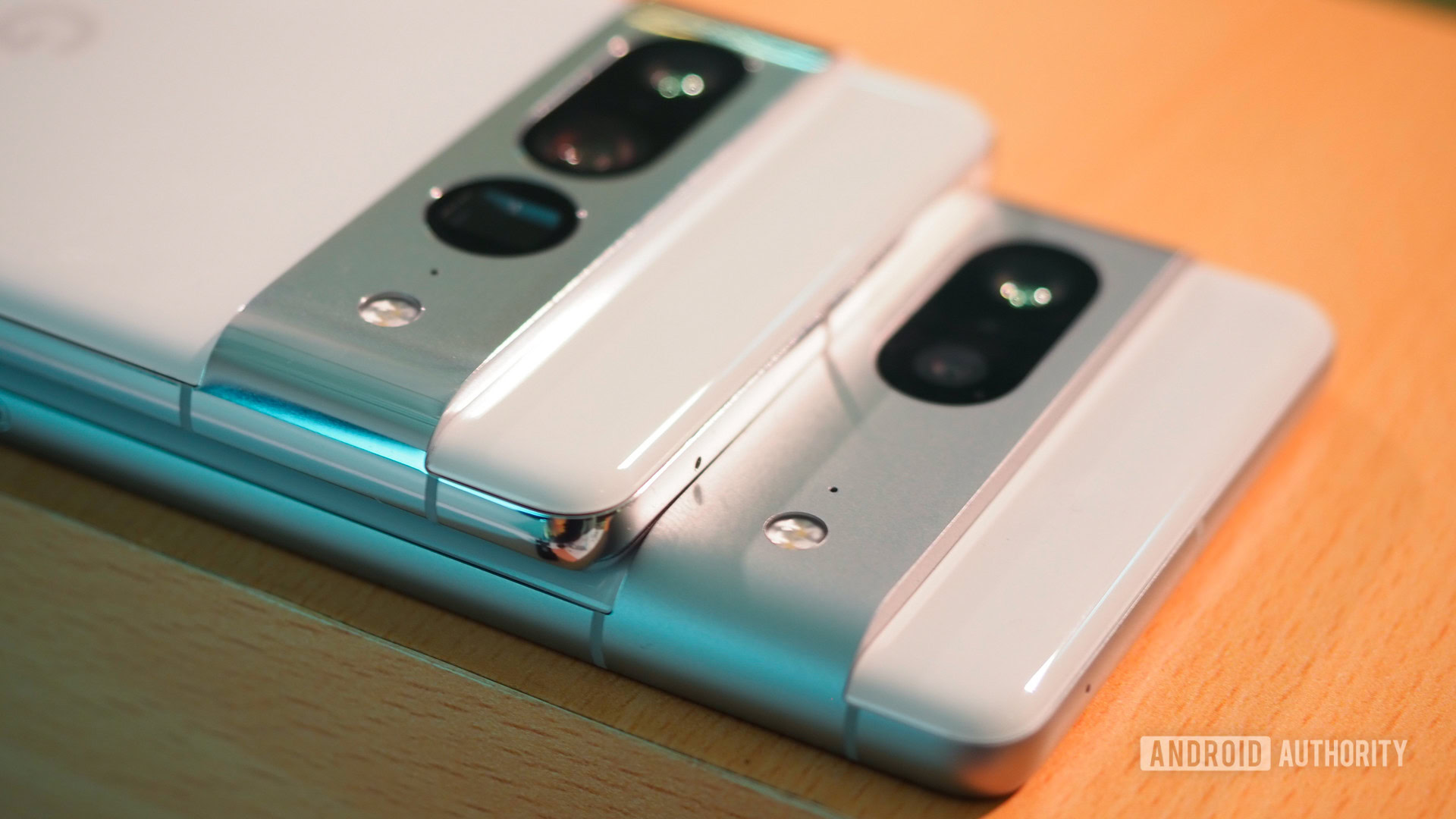
Both the Pixel 7 and Pixel 7 Pro offer a 50MP main rear camera (Isocell GN1) and a 12MP ultrawide rear camera. However, the Pro model’s ultrawide camera offers a wider field-of-view (125.8-degree FoV versus 114 degrees) while also bringing the long-overdue addition of autofocus. This means you’ve got macro mode functionality on a Pixel for the first time, but only with the Pro model.
The Pixel 7 Pro stands out from the vanilla model thanks to a periscope camera and a more versatile ultrawide lens.
The Pixel 7 Pro also features a third rear camera, namely a 48MP 5x periscope lens. This contrasts with the Pixel 6 Pro’s 48MP 4x shooter seen last year. Nevertheless, those wanting the best zoom performance should consider the Pro model.
However, Google’s standard model sees a welcome upgrade in the form of a 10.8MP selfie camera. This is the same camera found on the Pixel 7 Pro and Pixel 6 Pro. So we’re glad to see the entire series offering this upgraded selfie camera after years of using an 8MP shooter.
How do the Pixel 7 series cameras compare to rivals?
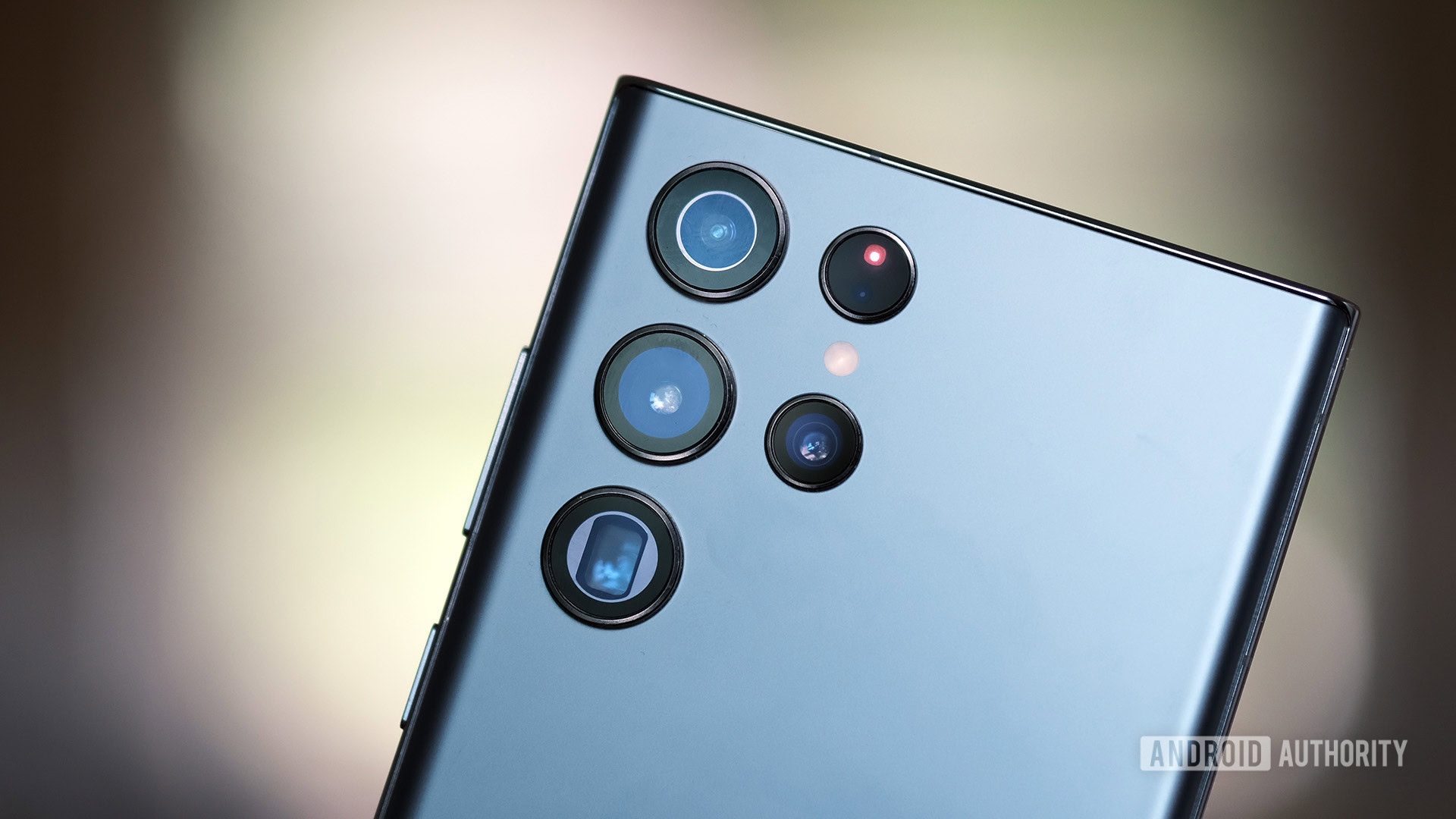
It’s a little too early to tell whether the Pixel 7 series phones offer superior image quality to rival devices from the likes of Apple, Samsung, and others. Nevertheless, the specs give us a decent idea of what to expect on paper.
Both the Pixel 7 and Pixel 7 Pro ship with the same 50MP main camera as last year’s phones, and we were impressed with the primary cameras on those handsets. Thanks to a large image sensor and Google’s processing smarts, we’re expecting the new phones to be neck-and-neck with Apple and Samsung’s best when it comes to shots taken with the main camera.
The Pixel 7 Pro camera specs suggest that it's among the most well-rounded camera phones on the market today.
The ultrawide cameras are a tale of two halves, though, as the Pixel 7 sticks with the same 12MP ultrawide shooter as last year’s phones. That means a 114-degree field-of-view and no autofocus. The Pro variant has a 12MP ultrawide camera with a wider field-of-view and autofocus though. For what it’s worth, Apple’s recent iPhones all pack autofocus on the ultrawide camera. As for Samsung flagships? Well, the Galaxy S22 and S22 Plus lack this feature, only the expensive S22 Ultra offers it.
The vanilla Pixel 7 doesn’t have a telephoto camera, with Google using Super Res Zoom instead for zoomed-in shots all the way up to 8x. Meanwhile, the Pixel 7 Pro offers a 48MP 5x periscope camera and 30x Super Res Zoom.
Apple’s standard iPhones lack telephoto cameras too, while the Pro models offer 12MP 3x telephoto shooters, so the Pixel 7 Pro should win out here. Samsung’s phones all pack a 10MP 3x telephoto camera at the bare minimum, while the S22 Ultra also brings a 10MP 10x periscope camera. You’d expect the Ultra to have the edge at long distance, but we’ll have to see if the Pixel 7 Pro’s Super Res Zoom can make up the hardware difference.
Pixel 7 series camera features

Google’s Pixel phones have always featured interesting and powerful camera features, such as HDR+ functionality, Night Sight, and astrophotography mode. The Pixel 6 series saw the company step up with additions like Motion Mode, Magic Eraser, and Real Tone features. So what does the Pixel 7 have up its sleeve this time?
Photo Unblur
One of the coolest camera features of 2022 might just be the Pixel 7 line’s Photo Unblur function. This feature is available in Google Photos, but the company says it also runs locally on the Pixel 7 series, so what does it actually do?
As the name suggests, this feature reduces the amount of blur in a subject’s face in a photo. This also works on older photos, with Google specifically pointing to sepia or black-and-white snaps taken 60, 70, or even 80 years ago.
Pixel Pro Level Zoom leads to a much better zoom experience
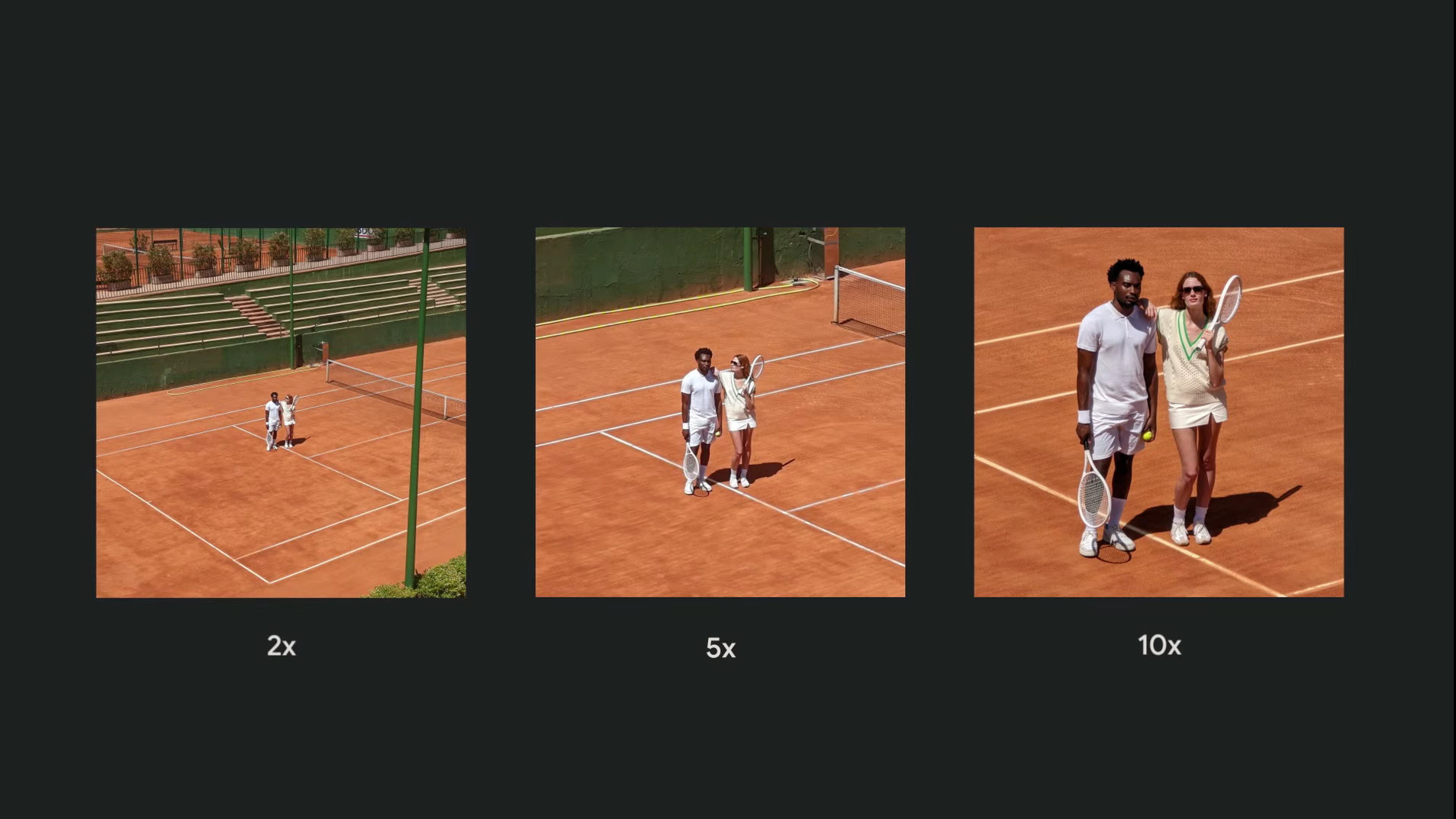
The Pixel 6 Pro offered a 48MP 4x periscope camera, allowing for up to 20x hybrid zoom. Now, the Pixel 7 Pro is stepping things up with a 48MP 5x periscope shooter and 30x hybrid zoom.
Much like other smartphone brands, Google is also cropping into its high-resolution main camera for 2x zoom on both phones. However, the company’s Super Res Zoom software technique is also used to improve image quality at this range. Fortunately, Google isn’t misleading consumers by calling this feature “optical zoom” like Apple did with the iPhone 14 Pro series.
Macro focus

Who says you need a dedicated macro camera? Android smartphones have offered macro mode via the ultrawide camera since 2018, offering more detailed results than a standalone macro lens. It’s taken Google a while, but it’s finally brought macro mode to the Pixel line (calling it Macro Focus).
Unfortunately, macro mode is limited to the Pixel 7 Pro as the standard Pixel lacks autofocus on the ultrawide camera. Nevertheless, the Pro model allows you to get as close as three centimeters away from a subject.
Faster Night Sight
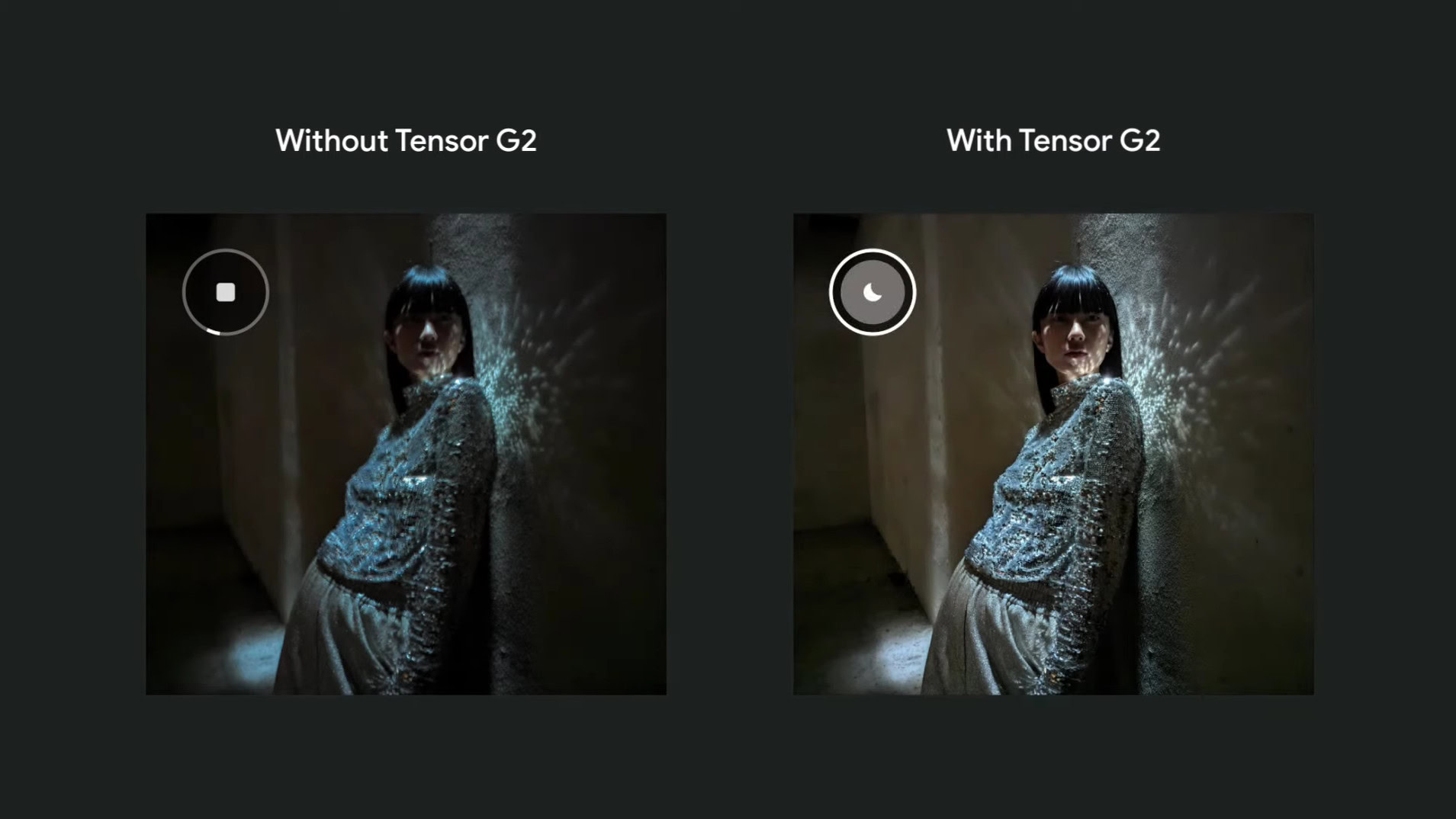
Night Sight has been around since the Pixel 3 family, joining Huawei as one of the first in a new wave of modern night modes. These modes use software techniques such as multi-frame image processing and noise reduction to deliver brighter, cleaner low-light shots. And yes, the Pixel 7 phones now see improvements here.
Google says Night Sight is 2x faster on its latest phones. So you can spend less time trying to hold the phone steady, while the mode also offers reduced blurriness. The company also says it’s using the Tensor hardware to denoise the Night Sight image, promising even cleaner results than before.
Active Stabilization
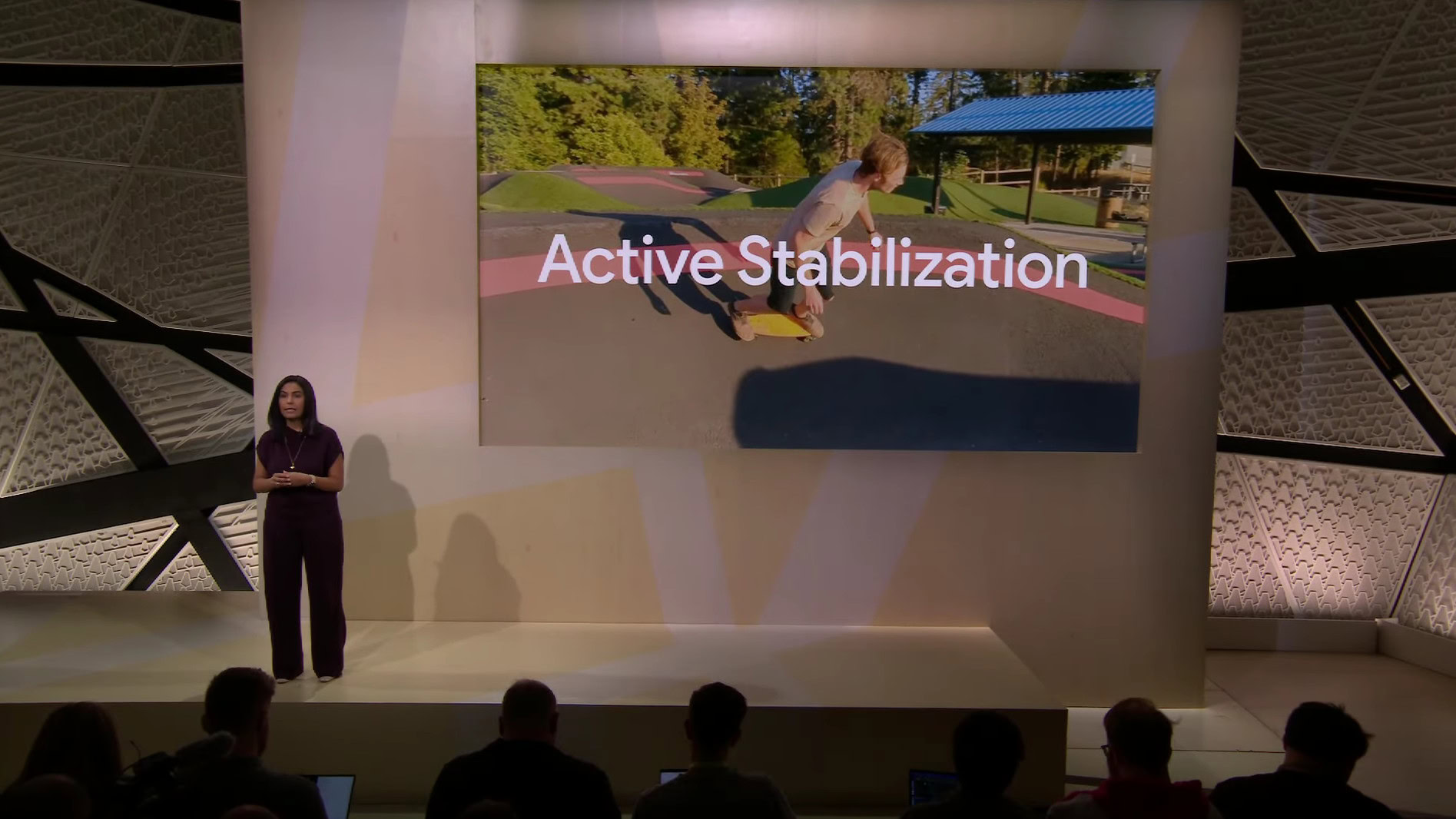
Super steady video modes have been around on Android for a few years now, with Samsung popularizing the mode back in 2019. OnePlus, vivo, Xiaomi, and other OEMs have since adopted the option, with Apple recently introducing it for the iPhone 14 series.
Now, Google has also jumped on the super steady video bandwagon with the Pixel 7 line’s “Active Stabilization” mode. This allows for more stable video recording than only using OIS, reducing judder caused by handshakes, body movement, and other triggers.
Unfortunately, the mode tops out at 1080p rather than 4K. This isn’t a really surprise, as steady modes from most other brands also support a maximum FHD resolution.
Cinematic blur
Yes, Google was seemingly inspired by Apple’s Cinematic Mode feature for the new Pixels. This video recording mode is basically a portrait video mode, intelligently keeping a subject in focus and blurring the background, while also being capable of transitioning the focus to a different subject.
Google’s Cinematic blur mode tops out at 24fps. The frame rate isn’t necessarily an issue, given that 24fps is considered ideal for a cinematic feel.
FAQs
No, the Pixel 7 only has main and ultrawide rear cameras. The Pixel 7 Pro offers main, ultrawide, and periscope zoom lenses.
No, the Pixel 7 series supports a maximum of 4K/60fps video recording.
Only the Pixel 7 Pro has a macro mode.
